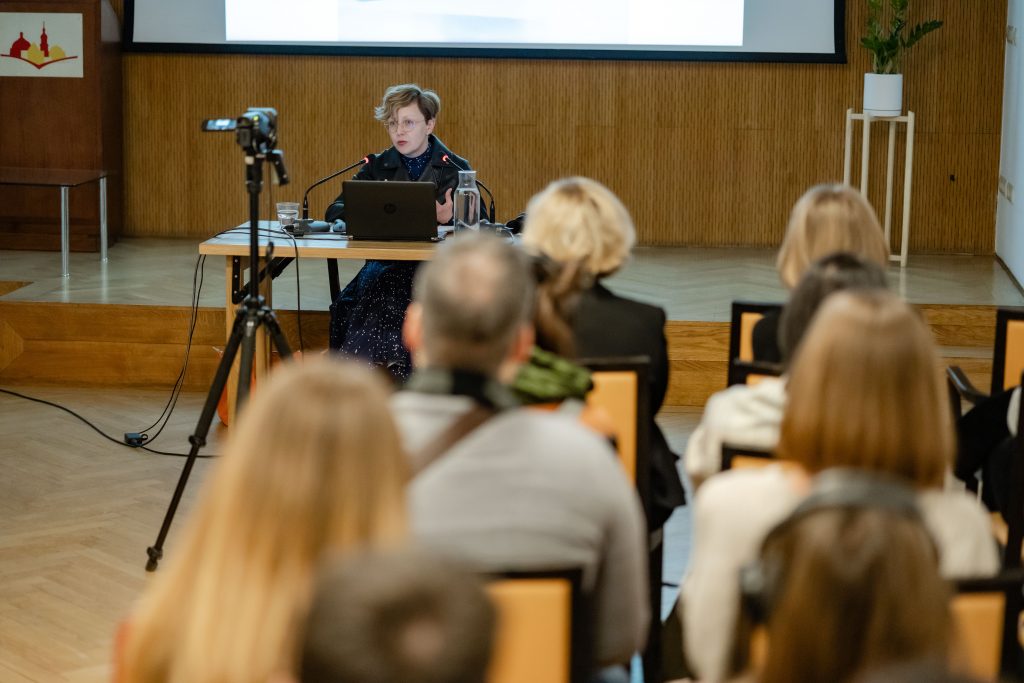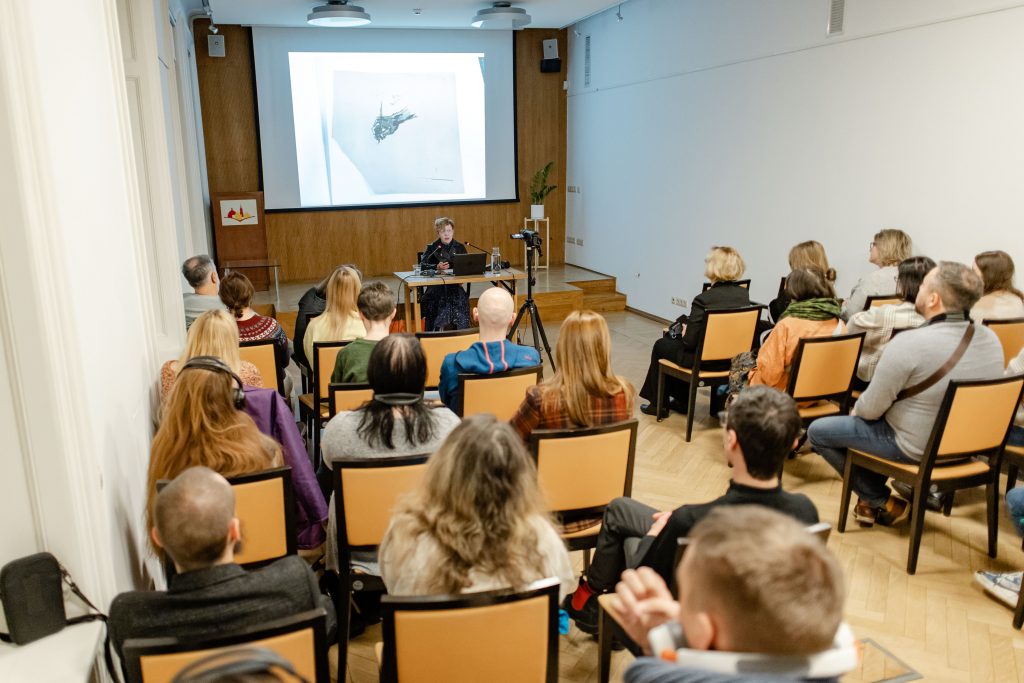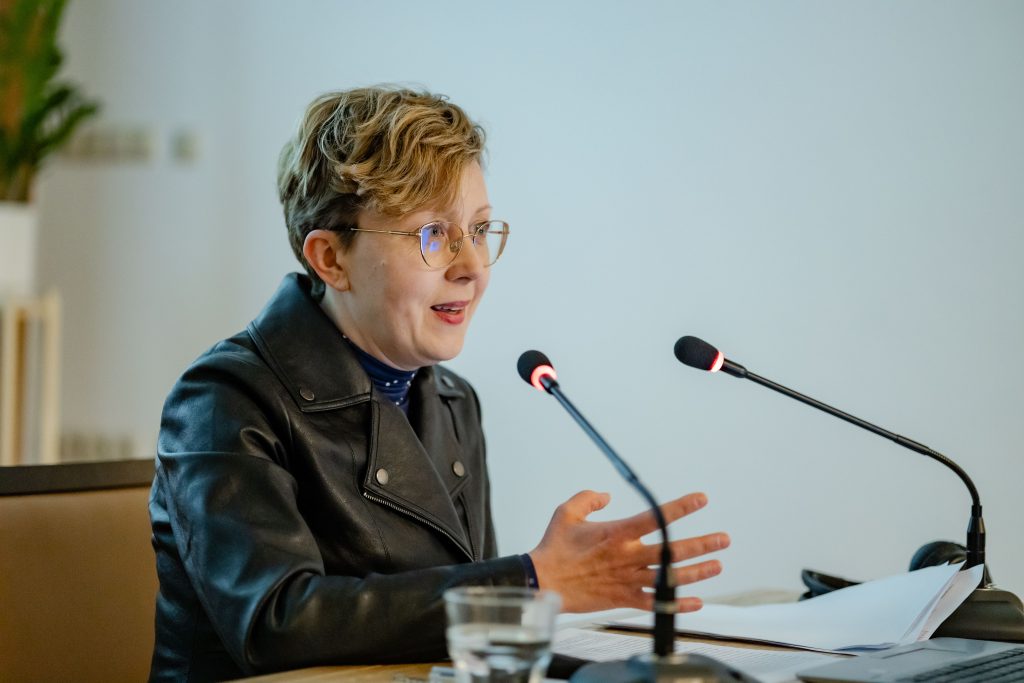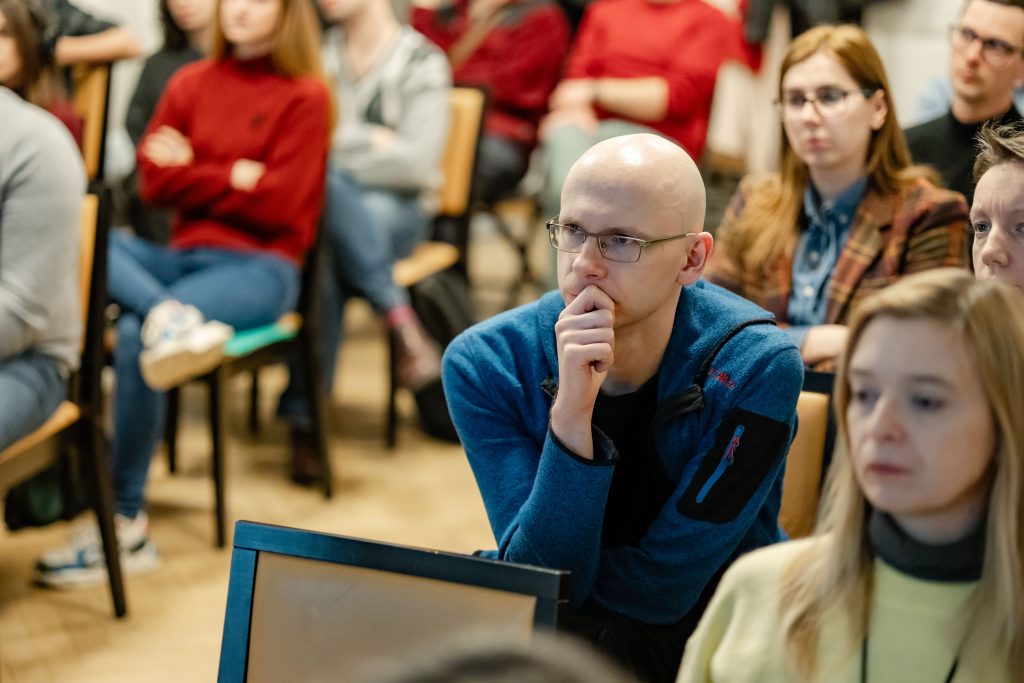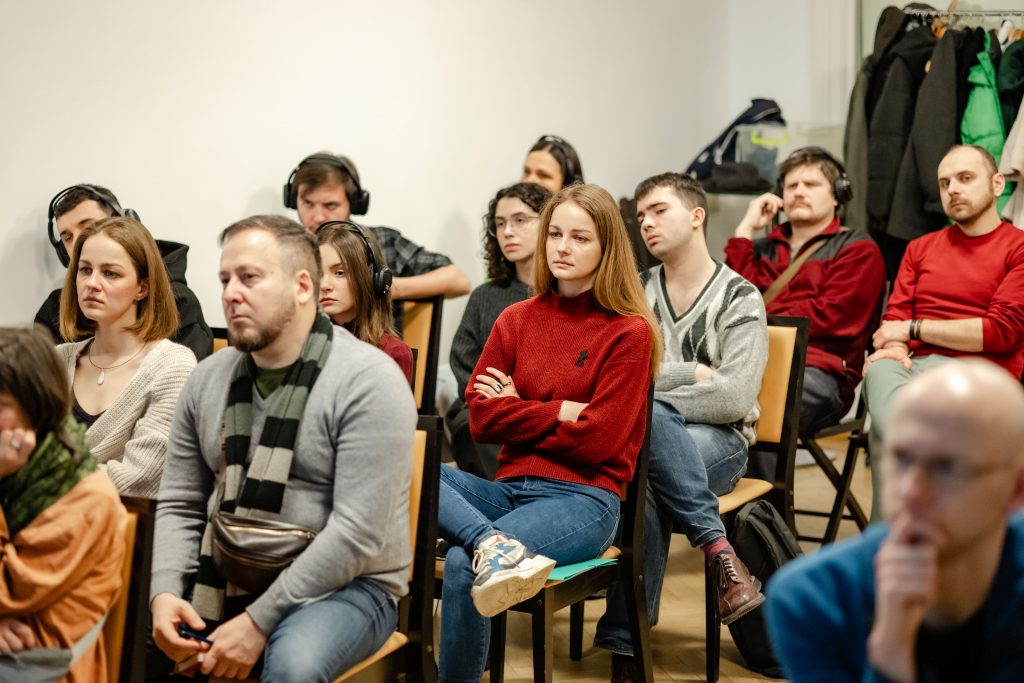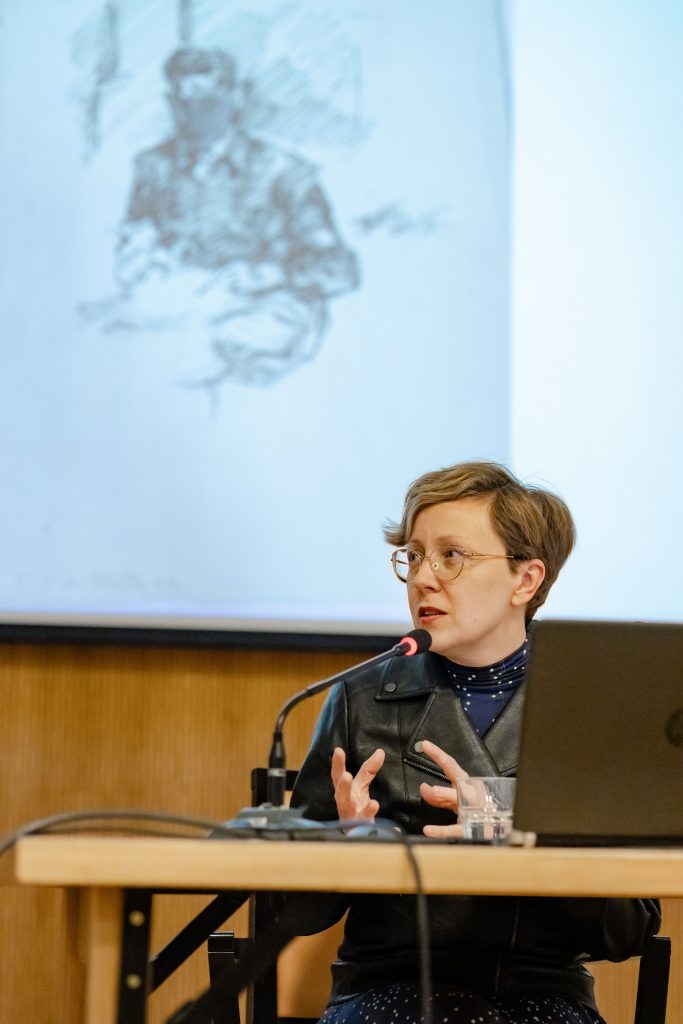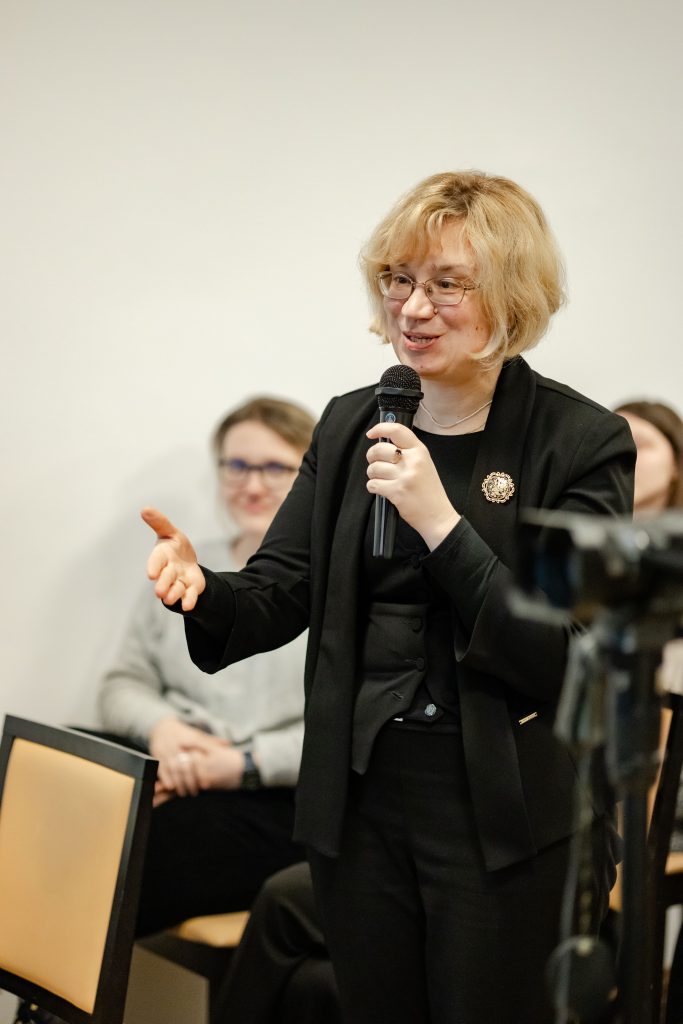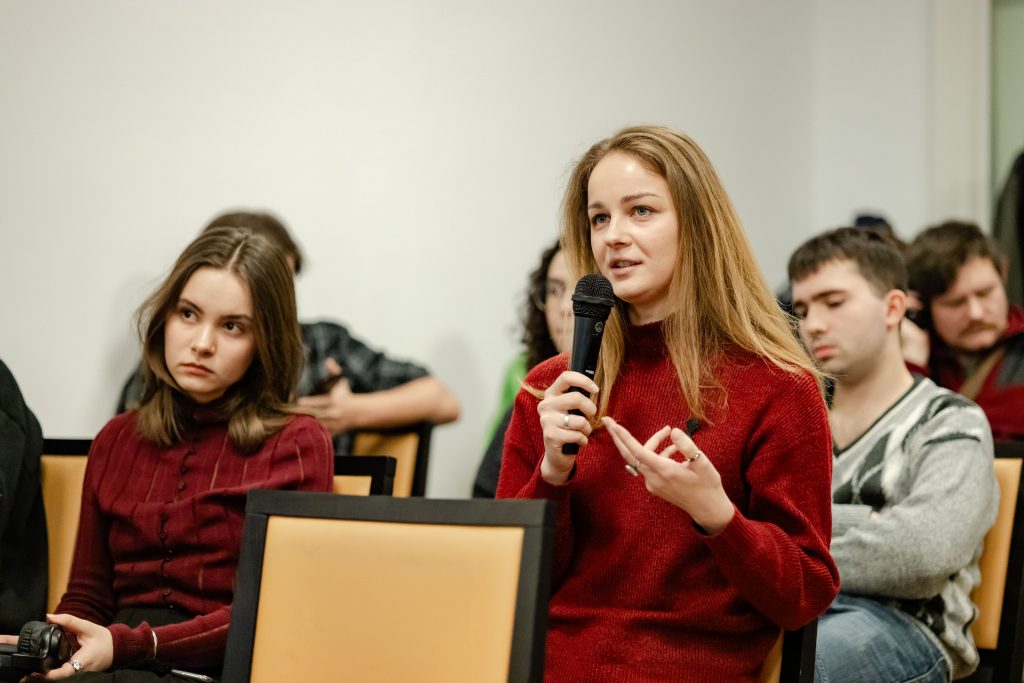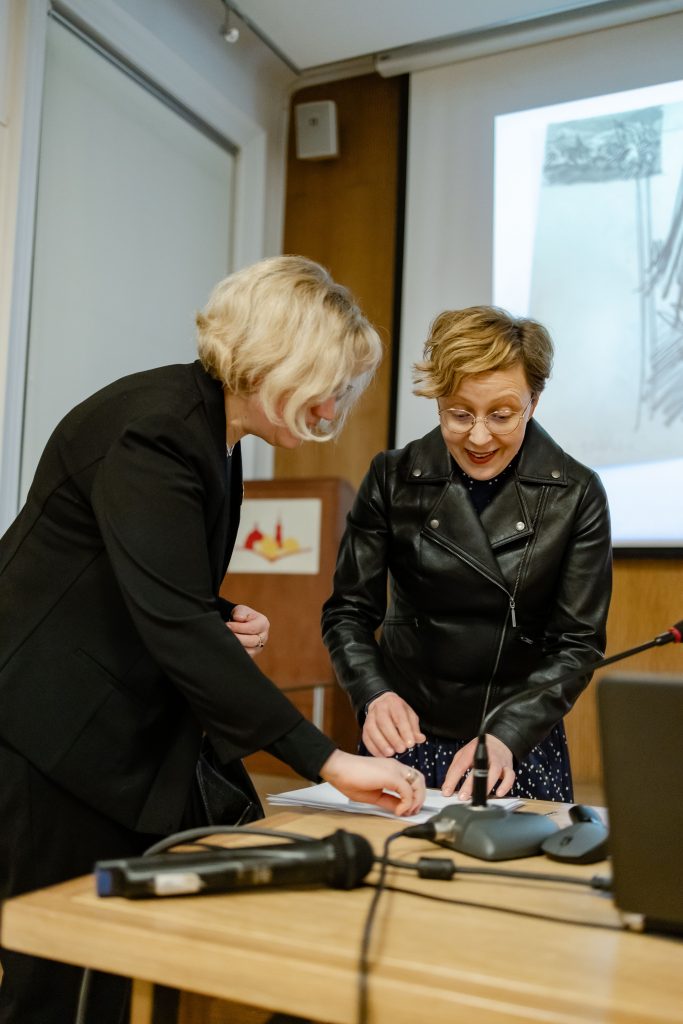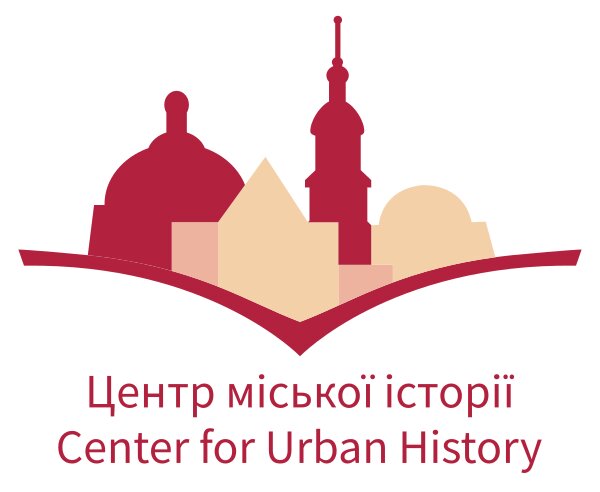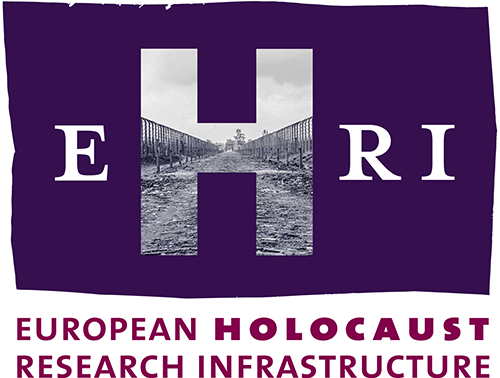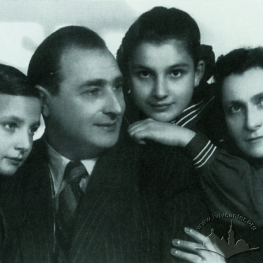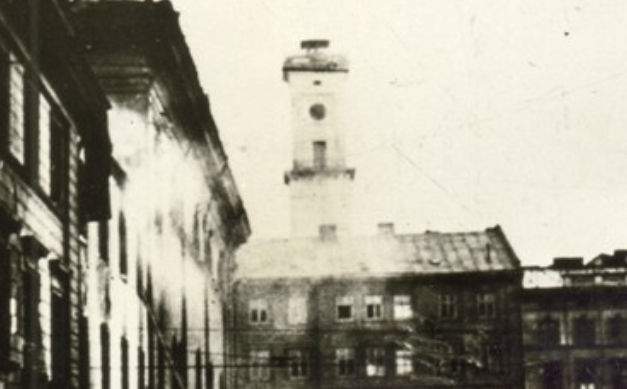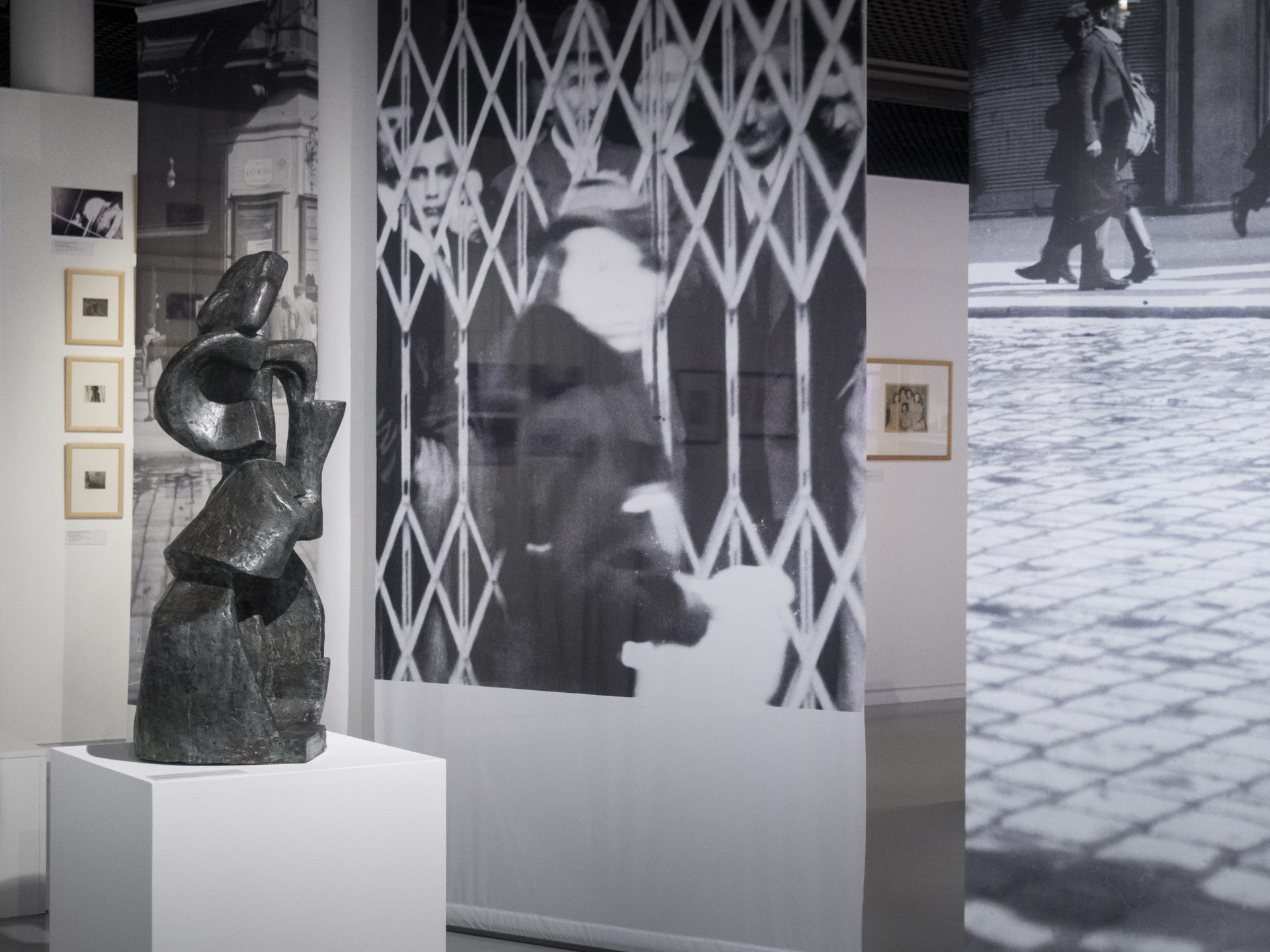Against Violence — Visuality, Relationality, Testimony. Bernard Henryk Fein's Drawings from Lviv Ghetto
Dr hab. Luiza Nader
Academy of Fine Arts, Warsaw7.2.2024, 18:30
Conference Room of the Center for Urban History
The Jewish Historical Institute's collection holds two sketchbooks and a set of over 120 drawings bearing the signature Fein. They were never exhibited nor researched. The majority of drawings were made in the time of the Holocaust: in 1942, most likely in the Lviv Ghetto, by a 15-year-old boy. They are signed only with the teenager's surname and often accompanied by a date.
The period in which the Fein's drawings were made was a tragic and dramatic time for those forced to live in the Lviv Ghetto. From March to August 1942, there were "actions" — deportations to the Bełżec death camp and murders culminating in the so-called "great action" in August 1942. Around that time, the young author/artist — Fein disappeared without a trace. He probably was murdered.
His drawings do not depict the everyday trauma literally. The author rather focused on carefully portraying his family, friends and loved ones, on representing himself, on his dreams and hopes. However, his works contain unheimlich fractures and tensions both on the visual, material and symbolic level: slips, erasures, and strikethroughs, where the liminality of Holocaust experience — bursts forth.
During the lecture, Dr. Luiza Nader will analyse the works closely and interpret them as idiomatic, relational testimony. Together with the researcher, we will also search for the reconstruction of their microhistories connected to other constellations of works and look carefully for the biography of Bernard Henryk Fein — a boy whose only material traces of life and death are embedded in the visual medium of vulnerable drawing. This lecture will reflect on the power of visual testimony and its potential to build relationality and resilience, on Fein's drawings as "images malgré tout" — conceived within the nucleus of the war, violence, and brutality.
Language: English with simultaneous translation into Ukrainian

Dr hab. Luiza Nader
Academy of Fine Arts, WarsawArt historian, professor at the Academy of Fine Arts in Warsaw. Her research is focused primarily on the XX century and contemporary art (with a special focus on the art practices from the 60. and 70.), methodologies of art history, methods of oral history, feminist theories, memory discourse, theories of affect and trauma, relations between limit events/ experiences and the cultural field. Currently, she is working on the visual notations, artifacts, reports and testimonies from and of the Holocaust, on the subject positions of the witnesses and the observers.
The event will be part of the Center's public program "Source as a Choice," organized by the Center for Urban History in cooperation with EHRI. During the meetings, researchers will share their work with various sources on war and mass violence in the twentieth and twenty-first centuries. The choice to create and preserve sources can be one of the tools for embodying this violence or, on the contrary, for opposing it. Our choice to talk about these events through the prism of certain sources creates a field in which the complex past will live on in the present and future.
Credits
Cover Image: Fein, untitled (probably, self-portrait), June 1942 // The Emanuel Ringelblum Jewish Historical Institute in Warsaw
Portrait: Luiza Nader // Photo from Akademia Sztuk Pięknych w Warszawie
Gallery: Bohdan Yemets

